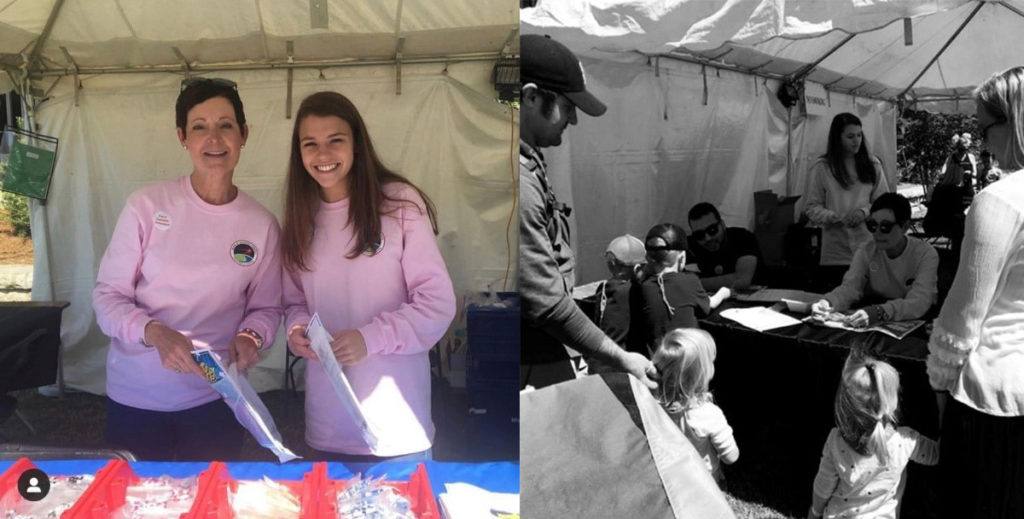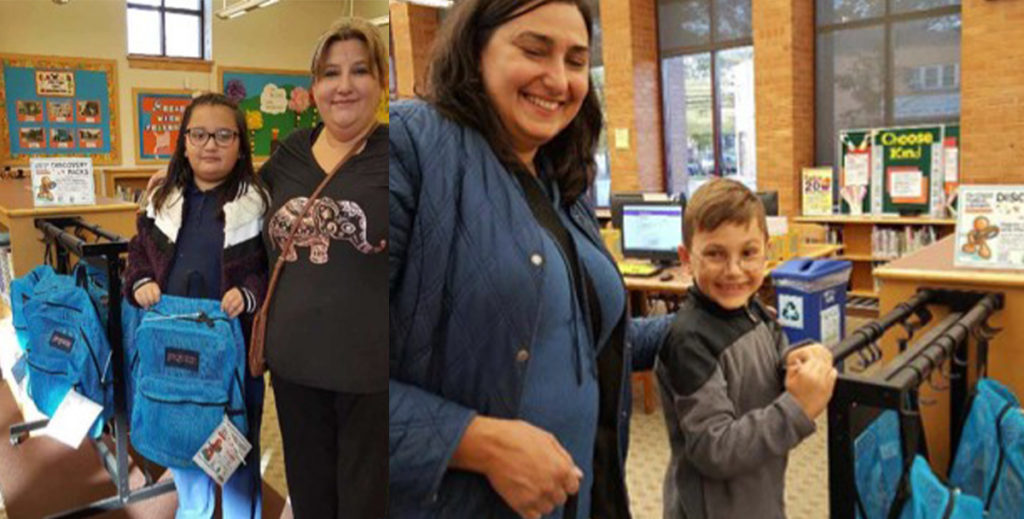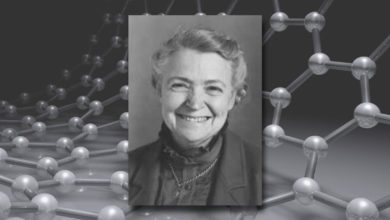
In my June blog, I discussed the current issues with inclusion and diversity in engineering and the technology professions in general. I also described the need for IEEE members to work on improving diversity and inclusion within our profession. In this blog, several IEEE volunteers share what they have done personally to help improve diversity and inclusion.
In Charlotte, N.C., IEEE-USA President James Conrad has run several one-day workshops for children on robotics each year in April. University students volunteer to work in laboratories and help the kids (and their parents) build working “sumo-wrestling robots” from LEGO MindStorms kits. The workshops are held on a weekend day for about six hours. There is a nominal cost to cover lunch and snacks. One parent is required to accompany a child, but they strongly urge the parents to allow their child to do most of the building and programming.
“A lot of the parents are not technical professionals, but they understand the need for children to explore technologies like robotics and programming,” offered Dr. Conrad. “We have entire families come back every year because it is a fun activity that they can all participate in.”
However, some families, especially from populations underrepresented in technology careers, cannot afford the nominal workshop cost, or a parent cannot take off work to participate. To encourage children from these families to participate in these technology experiences, Dr. Conrad covers their costs with scholarships and relaxes the requirements for a parent to be present (though they do require a single teacher or other adult to accompany several of the children to the workshop).
“In order to improve diversity in the workplace, we need to increase the number of students from underrepresented populations studying engineering,” says Dr. Conrad. “In some small way, this workshop helps. However, that first step, sparking the child’s interest, could be totally lost if we are steadfast on so-called ‘guidelines,’ like requiring a parent be present. Sometimes, we need to step back and make sure that guidelines like these are not adversely affecting a particular population from being included in an activity . . . or a career.”
Kathy Land, 2020 IEEE President-Elect, is employed by the United States Missile Defense Agency (MDA), and she is proud to say that there she is part of a dedicated team that supports active STEM engagement. Last year, she was fortunate enough to participate in two activities. The first was a booth, which was set up at a large arts and music festival in Huntsville, Ala., where participants built rockets and binary code bracelets with kids of all ages.

The Second MDA STEM opportunity that she was able to participate in was in support of the STEM Summer Camp for girls at Alabama A&M. This was an amazing five-day camp, and each day special guests came in from different companies to speak to the girls and to do a special project with them. You could truly see the STEM engagement and excitement!

Andrea Goldsmith is a professor at Stanford, as well as an involved IEEE volunteer (she is chair of the IEEE Ad Hoc Committee on Diversity, Inclusion and Ethics). She says that she believes that diverse participants in any organization lead to a broader set of ideas and overall better outcomes. She says, “I’ve found this to be true in my university, in my profession, and in my startups. Efforts to increase diversity must also ensure an inclusive and supportive environment to retain diverse members and maximize their success.”
Andrea said that to address the lack of diversity in her own profession of electrical engineering, she has founded and led two IEEE committees on diversity and inclusion — a standing committee on diversity and inclusion within Technical Activities (TAB), and an ad-hoc committee under the Board of Directors on diversity, inclusion, and professional ethics. The goal of these committees is to develop and implement mechanisms to improve diversity and inclusion across all of IEEE.
The ad-hoc committee’s efforts around professional ethics includes revising the IEEE Code of Ethics to address ethical issues associated with diversity and inclusion, and to revise IEEE processes for handling ethics violations to ensure we remain a safe and welcoming environment for all members.
Andrea says that, “In addition to my work in the IEEE, I am a member of the National Academy of Engineering (NAE) Committee on Diversity, which was formed last year. This new committee is focused on improving diversity and inclusion in the NAE and in the engineering profession. I also co-led a team within the Stanford Leadership Academy to improve recruitment and retention of diverse faculty, and I served on the Stanford Faculty Women’s Steering Committee, a group focused on improving recruitment, retention, support, and overall satisfaction of our women faculty.”
She is also a member of the Women in Technology Leadership Roundtable, which is focused on improving the retention and satisfaction of women in the high-tech industry. In all these roles, she has found that “articulating the value of diversity to the organization, creating and collecting metrics to track diversity, and following best practices are key to increasing diversity and improving inclusion and support for diverse cohorts.”
John Zulaski is a volunteer from Region 4 who has championed providing Science Kits to public libraries that are available for the underserved children who use these libraries to learn and develop themselves. This IEEE Region 4 member- IEEE NIC- and IEEE-USA-funded effort has place numerous self-contained guided learning science kits (discovery packs) in libraries throughout the Midwest. The pictures below show children with some of these science discovery packs.

For instance, the Eager Free Public Library, located near Madison, Wis., has 20 different science kits ranging from telescopes, electrical circuits, prisms and lenses, simple machines and other projects geared to children from kindergarten through fifth grade. Megan Kloeckner, director of the library said that, “Accessibility is the biggest impact on our community, as not everyone can afford to purchase science equipment to have at home.”
When I was of IEEE Region 6 director (2015-2016), the IEEE Foundation needed an IEEE organizational unit to help distribute a grant over a couple of years to Anniecannons, a San Francisco-based organization that teaches victims of human trafficking software and coding skills to help them become self-reliant. I agreed that Region 6 would hold this money and provide it to the organization. Also, I have helped fund a high school FIRST Robotics team in a rural county in California that helped several boys and girls, with many different backgrounds, develop their interests in technology.
These examples of large and small efforts show how individual IEEE members can make a difference in their communities, helping to gain the interest of girls and boys and people of all backgrounds to develop their technical skills so they can play a role in creating wealth and solving the many problems in the world that require technical solutions. What can you do in your local community to make a difference?
Tom Coughlin is president of Coughlin Associates, and served as 2019 IEEE-USA President. He is a widely respected digital storage analyst and business/technology consultant with more than 35 years in the data storage industry. Dr. Coughlin has many publications and six patents to his credit. He is the author of Digital Storage in Consumer Electronics: The Essential Guide, and he publishes the Digital Storage Technology Newsletter, the Media and Entertainment Storage Report and other industry reports. Tom is also a regular contributor on digital storage for Forbes.com and other blogs.







Two great articles on this important subject, Tom. Many thanks.